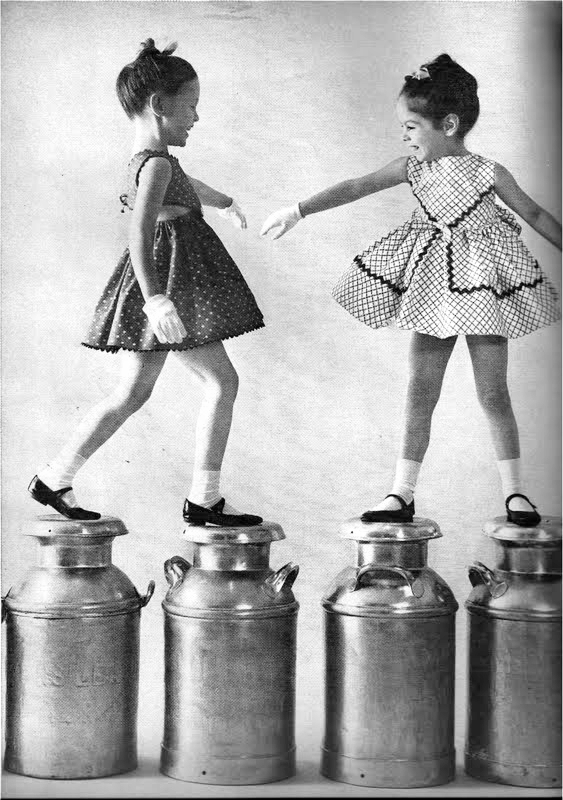Sibling teachers bring new learning level
 Clearly, young children learn a lot from their older siblings, but new research has revealed some of the ways that sibling-teachers ply their pedagogy.
Clearly, young children learn a lot from their older siblings, but new research has revealed some of the ways that sibling-teachers ply their pedagogy.
A study published in the Journal of Cognition and Development has observed how children interact in their natural habitat: the home.
The Concordia University project not only confirmed that teaching occurs naturally and spontaneously, but that both older and younger siblings initiate learning activities.
Interestingly, it turns out siblings acting as teachers use a variety of instructional techniques during their informal lessons.
To capture the spontaneous interactions between siblings, members of the research team spent hours in the households of 39 middle-class families in Canada, each with two parents sharing caretaking responsibilities at home. The researchers observed and recorded interactions between two children, ages four and six, in each home.
The children were encouraged to play together, but not given particular instructions. Teaching moments included everything from learning to count, to learning how to rub chalk off a blackboard. Typically the older siblings would launch into a teaching moment unasked, although sometimes the younger child requested instructions.
Concordia education professor and researcher Nina Howe says the result included plenty of surprises, including just how much teaching actually happened.
“The extent and what would go on surprised us. While it was sometimes brief, it was sometimes quite extended,” Dr Howe said.
“Something else that surprised us was what was being taught.
“Lab experiments often focus on how-to instruction, such as the steps in building a tower of blocks. That’s what we call procedural knowledge, which older children often like to teach.”
But in the natural setting, Howe and colleagues found that younger children are even more likely to ask their older siblings questions related to conceptual knowledge; for instance, how to tell the difference between a circle and a square or how to distinguish the days of the week.
The take home message for parents is to step back, butt out and promote uninterrupted play, Dr Howe said.
“Give them the time and space to interact together, and have things in the home to promote teaching and learning, both toys and opportunities for kids to be together.
“Sometimes people take the point of view that children only learn by being taught directly by adults, but it is evident that they are also learning from each other.”








 Print
Print